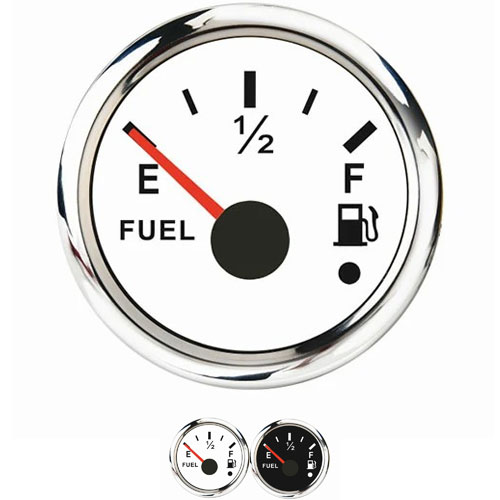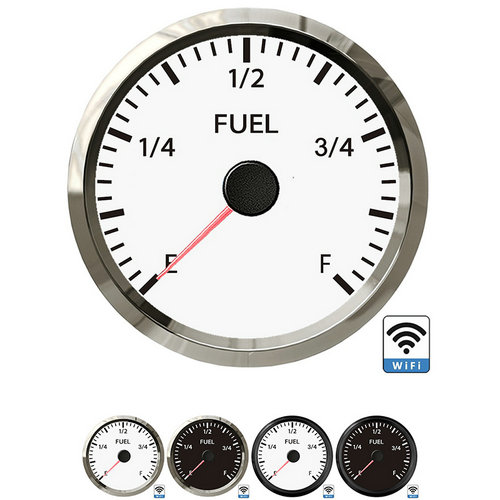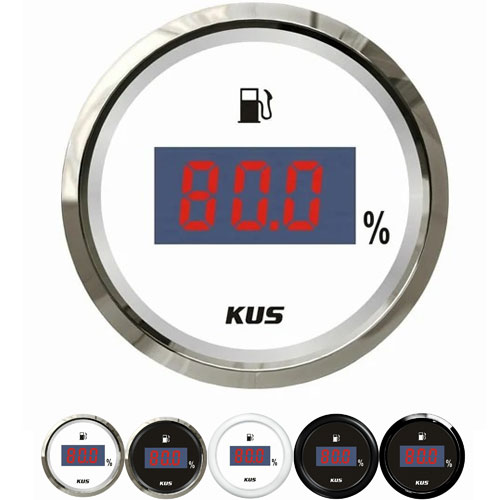how fuel level gauge works
The working principle of the fuel gauge is an instrument that uses the capacitance of the capacitor to change with the liquid level of the fuel tank to measure the amount of fuel. It consists of a capacitive sensor and a servo indicating system. The sensor is a capacitor composed of several concentric cylindrical plates, which are inserted vertically into the fuel tank. The dielectric coefficient of the fuel is greater than that of the air. When the height of the fuel in the fuel tank changes, the capacitance also changes accordingly. It is transformed by the servo indicating system. A corresponding electric signal is formed to indicate the corresponding fuel quantity value.
The capacitance fuel gauge is an electromechanical instrument. It is an instrument commonly used by troops at present. The sensor is a cylindrical capacitor consisting of concentric cylindrical plates. The principle is based on the fact that the capacitance of a cylindrical capacitor has a single-valued functional relationship with the height of the fuel level. Then the capacitance corresponding to the fuel quantity is converted into the rotation angle of the pointer by the self-balancing measuring circuit. The self-balancing measuring circuit consists of a resistance-capacitance bridge, a transistor amplifier, a two-phase asynchronous motor, a reducer, a dial and a pointer.
The basic working process of the fuel gauge is as follows: firstly, the fuel gauge sensor measures the fuel level height in the fuel tank, the flight attitude and the internally stored fuel tank mathematical model and other information, and calculates the corresponding fuel volume, combined with the fuel density sensor. The measured density of the fuel gives the mass of the fuel in the tank. The fuel measurement task computer transmits the fuel quality to the cockpit display system and the flight management task system through the data bus. Pointer fuel gauges are divided into combined and discrete. Combined instruments are more common on seated motorcycles. They are composed of fuel gauges, tachometers, odometers, water temperature meters, charging current meters, etc. to form a large instrument combination; discrete fuel gauges The gauge is composed of a separate fuel gauge, which is more common in antique models and Prince motorcycles. The action of the pointer of the fuel dipstick is controlled by the electric current through the variable resistor,flow control. Float - metal rod - rain when the tank is full the brush makes the resistance of the variable resistor lower, and when the switch is turned on, the current. The flow becomes larger and the pointer of the fuel gauge jumps high. When the fuel tank is empty and full. The floating ball-metal rod-wiper makes the resistance of the variable resistor change high, the current becomes smaller when it is turned on, and the pointer of the fuel gauge becomes lower. The main structure of a fuel gauge has two main parts: the gauge sheet elements and display units. The measuring unit mainly measures the fuel tank, the fuel quantity in the display unit shows the fuel on the fuel gauge,the amount of fuel in the tank.
 English
English 






Get a Quote / Info